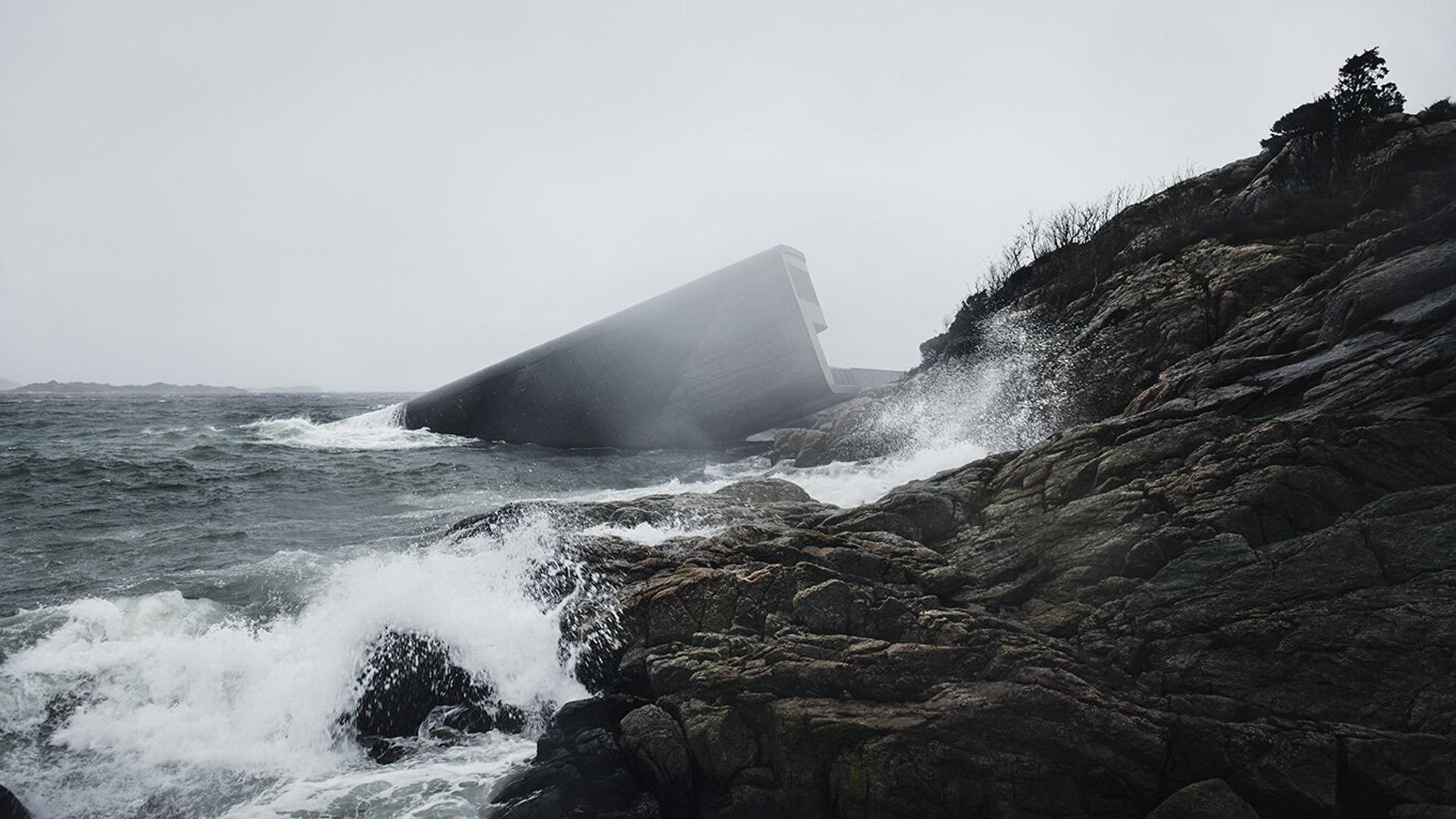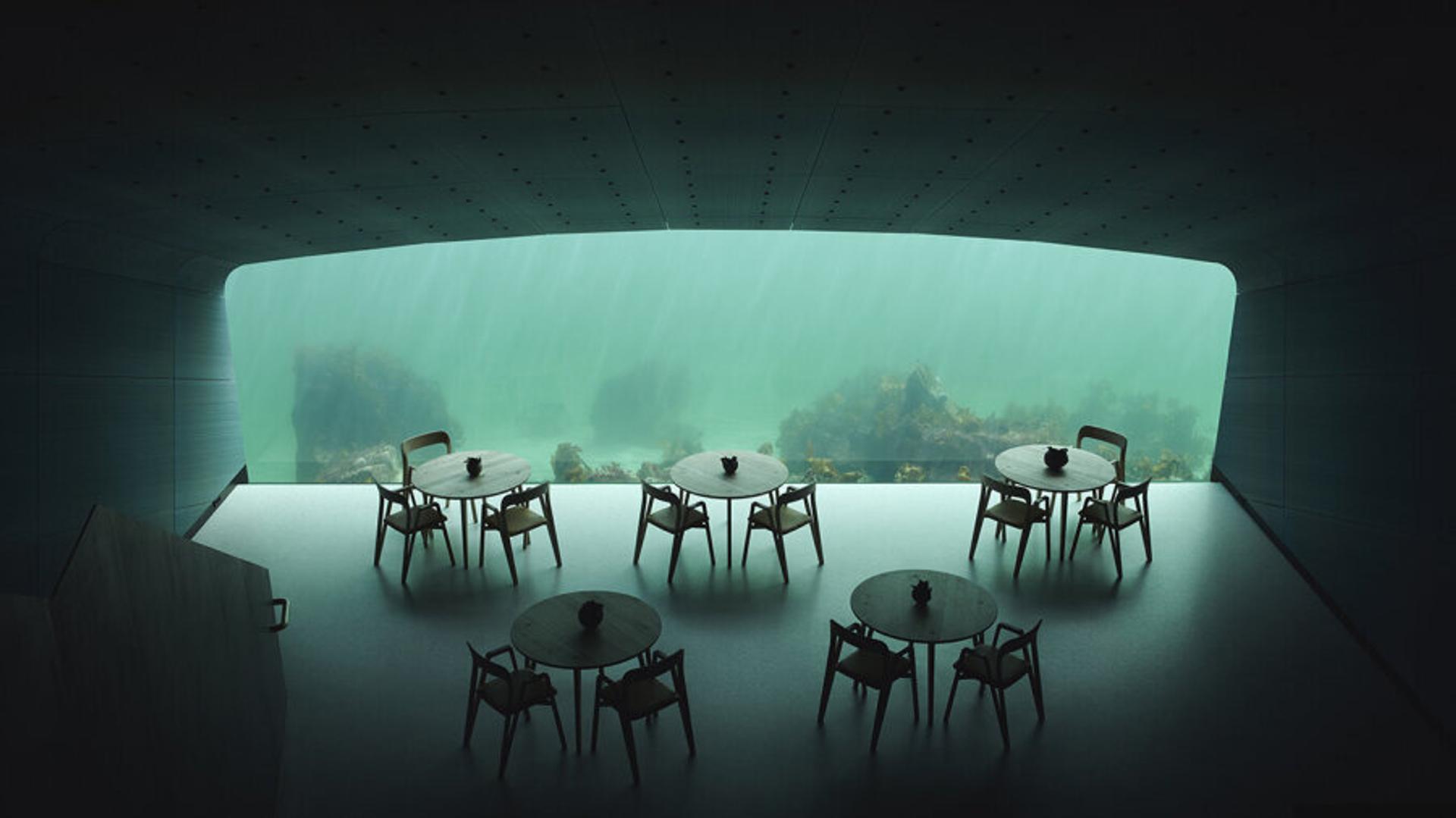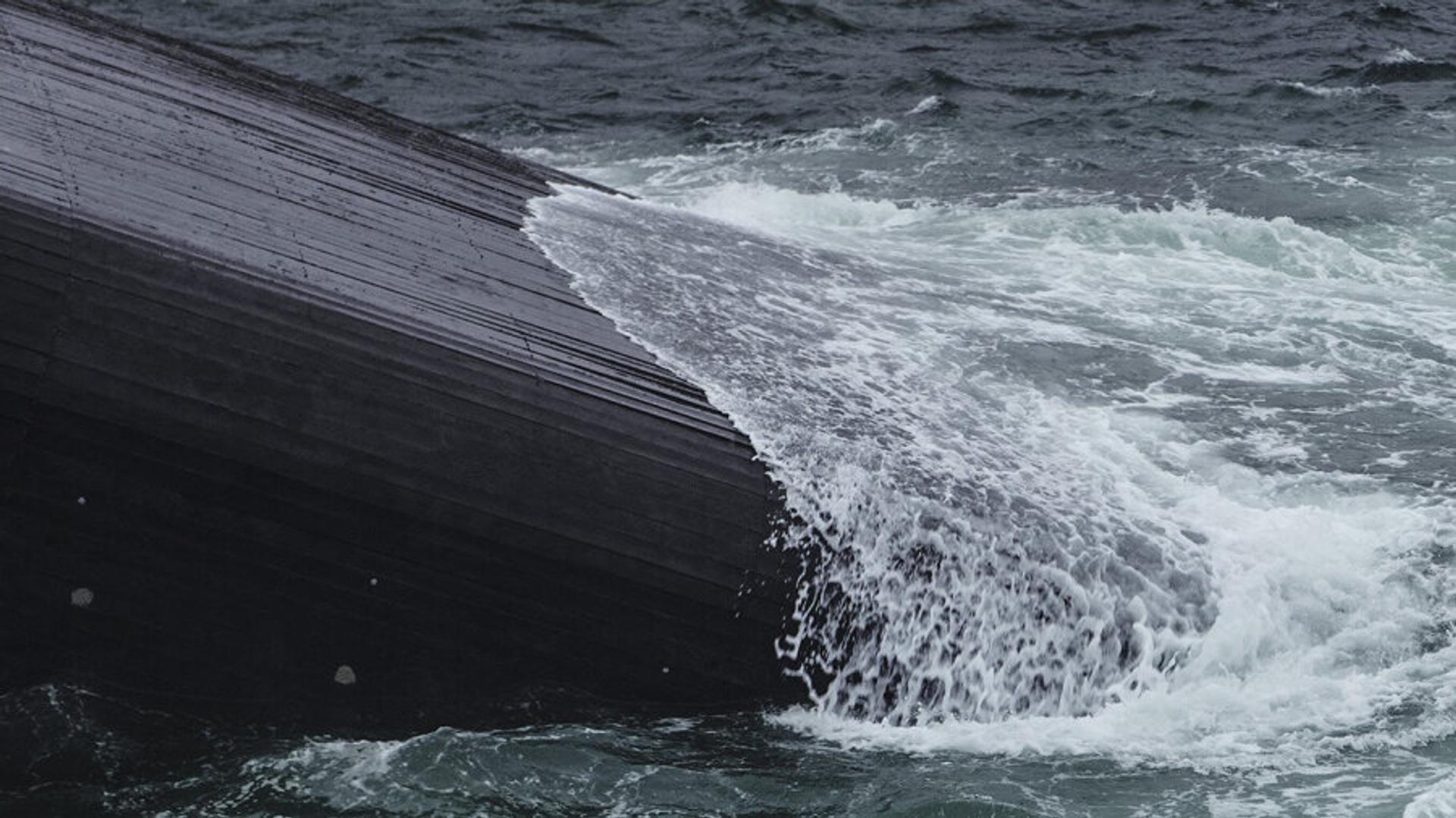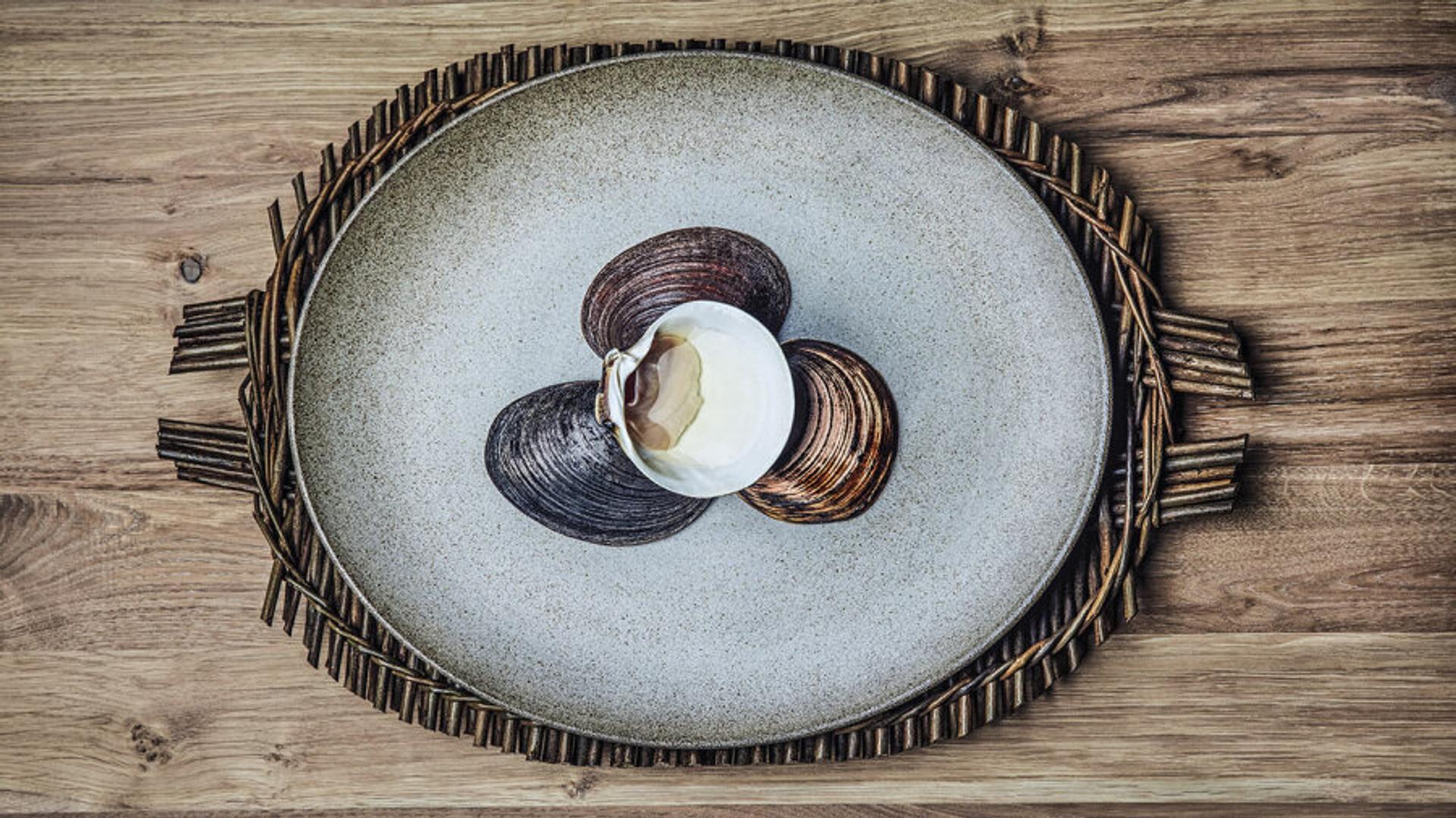The world’s largest underwater restaurant offers more than just seafood

Forget trendy skyscraper restaurants – the most extraordinary view diners will find is at a half-sunken restaurant on the southern tip of Norway. Through an 11-metre-wide window, Under offers guests a panoramic view of one of the world’s most seldom-seen marine ecosystems, while dining on world-class seafood. Algae and plankton dance wildly, while kelp sways with the waves and a myriad of fish, jellyfish and shellfish swim by just metres from the tables. Perceptive guests may even recognise some of the foods on their plates right outside the window.

Is this a gimmick to attract guests who are searching out ever-more exotic fine-dining experiences in a highly competitive market?
Under’s ambition is much greater than that. The restaurant was conceived to promote sustainable management of marine resources, so guests are just one part of the equation. Under focuses in equal measure on marine research and pioneering architecture that will become part of the marine environment.
Thanks to innovative engineering, smart solutions and full focus on sustainability, Under demonstrates how a viable, profitable concept that gives back to the surrounding ecosystem can be created.
Designed for a living seabed
Crashing waves, strong tidal currents and fluctuations in temperature – an underwater restaurant must withstand natural forces that are much fiercer than those on land.
Taking this into account, Under has been constructed with rough, untreated concrete that blends into its surroundings. The half-metre-thick, concave concrete walls can resist the ferocity of the North Sea, while harmonising with the rugged shoreline on which half of the restaurant rests.
But more importantly: the roughness of the concrete shell will provide an inviting surface for molluscs and kelp to inhabit. It will thus become a thriving artificial reef.
The internationally renowned architecture and design firm Snøhetta has designed Under. Snøhetta is a key partner in the Powerhouse alliance as well, which designs and constructs energy-positive commercial and residential buildings.
The Norwegian company Core Marine, meanwhile, has helped to solve many of the technical and structural challenges posed by situating a restaurant five metres below the ocean surface. The company’s experience with offshore and subsea solutions has been critical for constructing, transporting, submerging and anchoring the restaurant. An entirely new type of barge, for example, had to be developed to tow the building into place.
The result is a building that not only has a limited impact on the marine environment, but also helps to create a basis for life for local species.

Research hub
Under will also be used to advance marine research. A team from the Norwegian Institute of Bioeconomy Research (NIBIO) is using Under as a permanent base for studying the diverse marine life just outside the restaurant’s window. The entire building is covered in sensors and advanced monitoring technology that will give a unique and accurate picture of marine life in this corner of the seabed. The researchers are particularly interested in how fish in the area react to audio signals. This research is of relevance for a range of applications from aquaculture to large-scale industrial installations at sea.
And the results are already coming in. The NIBIO team has recently discovered a type of jellyfish that had never before been observed in the area.
Sustainability on the menu
The head chef at Under is the renowned Danish chef Nicolai Ellitsgaard. He focuses on hyperlocal food, and everything is caught within kilometres – and in certain cases, metres – from the restaurant itself. The chefs also work closely with marine biologists to identify the ideal time for harvesting the food without affecting the local ecosystem.
The menu is filled with unusual, gastronomic delights, most of which are unknown to all but a few dedicated seafood connoisseurs. Many of the dishes are even based on ingredients that fishermen have tended to throw overboard. Guests can look forward to dining on Northern stone crab, Norwegian squat lobster, head of ling, a variety of fish roe, and an abundance of seaweed.
The menu is more than about piquing the taste buds of connoisseurs with innovative dishes. As the global population is growing rapidly, one of the most pressing challenges will be to feed everyone in an environmentally sustainable way. The ocean has enormous potential as a source of food, but only if ocean resources are managed sustainably. There are many important species of fish under threat today from overfishing.
If future generations are to reap the benefits of food from the sea, all types of ocean resources must be used, not just the traditional ones. Therefore, when Under serves delicacies based on raw ingredients that are often discarded as waste, it is an important reminder that plenty of food can be found – as long as one looks in the right place.
